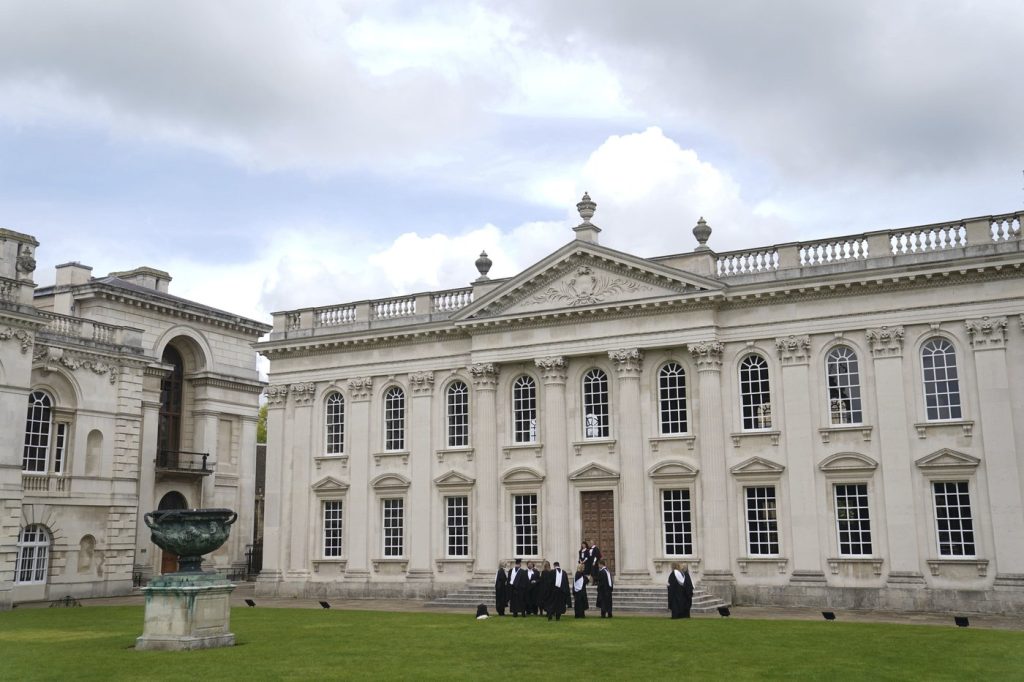LONDON (AP) — U.S. visa interview wait times in China have reached such lengths that some international students have abandoned their plans to study in the U.S. In response, universities in Hong Kong are receiving transfer inquiries from foreign students currently studying in the U.S. Meanwhile, international applications for British undergraduate programs have seen a notable increase.
The Trump administration has exerted pressure on U.S. colleges to lessen their reliance on international students while introducing stricter scrutiny measures for foreign students as part of its immigration crackdown. Recently, the U.S. government sought to deport foreign students involved in pro-Palestinian activism and revoked the legal status of thousands of international students for minor infractions.
Despite these challenges, the U.S. continues to be a preferred destination for many international students. However, institutions in other countries are seizing the opportunity presented by the turmoil within the U.S. education system, prompting applicants to explore destinations that were previously overlooked. According to an analysis by NAFSA, new international enrollment in the U.S. could plummet by 30% to 40% this fall, potentially leading to a loss of $7 billion in economic contributions, as many international students typically pay full tuition.
Britain, positioned as the second most popular destination for international students, stands to gain significantly from the situation in the U.S. Although the new Labour government in Britain has vowed to reduce migration and imposed limits on post-study visas, admissions consultants maintain that the U.K. remains the most welcoming among the top four English-speaking destinations for higher education—together with the U.S., Canada, and Australia. Official data indicates that the number of international applications for undergraduate studies in the U.K. grew by 2.2% this fall, with a record 10% increase in applications from China and nearly 8,000 applications from the U.S., marking a 20-year high.
For graduate programs, the acceptance rate of international students in the U.K. has risen by an estimated 10% this year, particularly driven by demand in business and management courses. Although data regarding this trend’s full impact won’t be available until later this fall, Mike Henniger, CEO of Illume Student Advisory Services, highlighted that the American brand faces a significant challenge, while the U.K. benefits from this situation.
Moreover, demand among Chinese students for universities in Hong Kong, Singapore, and Malaysia has surged, as many Western universities operate offshore campuses in these locations, providing more affordable options than the U.S. and U.K. Will Kwong, managing director of AAS Education in Hong Kong, noted that interest in studying in Asia has increased since the easing of COVID-19 restrictions, further exacerbated by the recent changes in U.S. government policies.
In Hong Kong, the local government has expressed its willingness to accommodate students denied entry to the U.S. Universities such as Hong Kong University have reported processing over 200 transfer applications and received more than 500 inquiries from U.S. students. The Hong Kong University of Science and Technology reported an impressive 40% increase in international undergraduate applications this year.
In addition to the U.K. and Hong Kong, countries like the United Arab Emirates have also made significant investments to attract international students through the establishment of branch campuses. Dubai has positioned itself as a global education hub, with international student numbers increasing by a third in the 2024-2025 academic year, suggesting a rising trend among students turning to alternative locations for higher education.
As we see a shift in preferences, it becomes evident that regions like Kazakhstan are also emerging as contenders in this global education landscape. U.S. universities, such as Illinois Tech and the University of Arizona, are offering degree programs in Kazakhstan, drawing students primarily from China and Russia. There is a growing recognition among U.S. colleges regarding the necessity to diversify and provide access as international students seek alternative educational opportunities.










